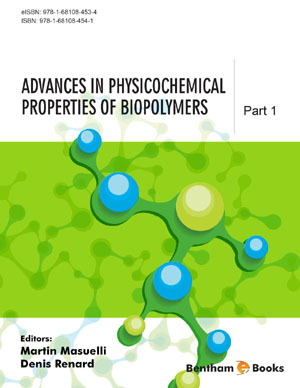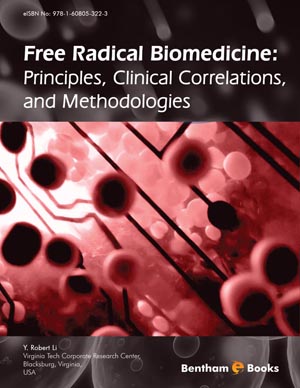Abstract
Beta-glucans (BG) are major cell wall components of fungi and are also found in plants and some bacteria. BG are a heterogeneous group of polymers, consisting of β(1-3) linked and β(1-6) linked β-Dglucopyranosyl units. As they are not found in animals, BG are considered to have pathogen-associated molecular patterns (PAMPs) and are recognized by the innate and acquired immune systems. BG show various activities, both beneficial and detrimental to the host. This chapter focuses on the detrimental effects of BG. It was found that BG induced inflammation, sepsis, and rheumatoid arthritis. BG also have the characteristics of an antigen, strongly supporting BG as representative PAMPs from fungi.

















